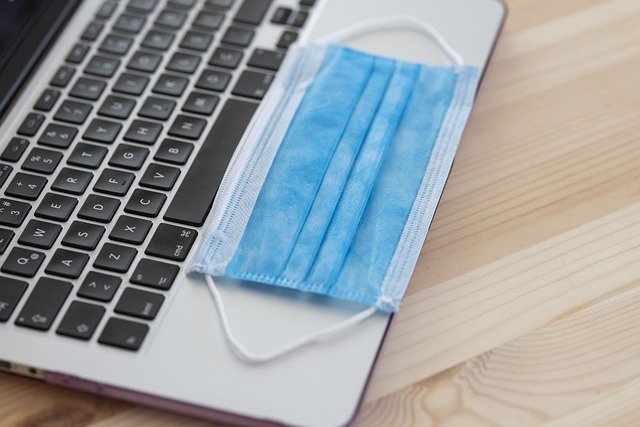As the coronavirus (COVID-19) continues to spread, it’s necessary that store owners are prepared to proactively and properly communicate to customers and the public.
In many cities and states, governments have banned gatherings of over 50, and in some cases 10 people. Many have also required most “non-essential” service businesses like restaurants, bars, hair salons, etc. to close temporarily.
Under these circumstances, the tone of communications to clientele is imperative to make sure you get your customers back in the door. Additionally, with constantly evolving regulations, it is a great way to continue a relationship with your clients and keep them aware of your status as a business.
To help our customers and brands think about how and what to communicate during these times, we want to provide a few key points to consider for future COVID-19 communications.
1. Review All Current Client Communications
- Scheduled E-mails
- Automated E-mails
- SMS Communications
- Social Media
Make sure the subject matter is not inappropriate or irrelevant for the current health emergency. Pause any campaigns that may not be relevant during the crisis.
2. When Should You Communicate?
If your company has already sent a COVID-19 update to your customers, you’ll likely need to provide further updates as new government or company policies change. Some of those updates may be:
- Location closures or updates to hours of operation
- Limits on the amount of appointments that can occur at one time
- Changes in availability
- Refund and cancellation policies
- How your company is supporting workers
As regulations or policies evolve, you may want to use this time to consider future communications to get your business back up or address any main areas of concerns for customers.
3. To Whom Should you Communicate?
A key question companies must address is: Who should we communicate to? The simple answer might be “everyone in our database” but that isn’t likely the best or most strategic approach.
Some things to take into consideration to determine the best audience for your communication are:
- Geographic Area – are they still in your area?
- Date of last visit – have they not been to your store in a year or more?
- Their purchasing history – what products, services, etc. are they purchasing?
4. Communication Channels and Monitoring Responses
In general, brands should use all of the channels available to them and not just rely on the most convenient. Email communications, for example, might only be read by one-fourth to one-third of your customers and many of your customers may not be email subscribers or perhaps prefer to just use your mobile app. In addition to email, channels to consider include:
- Website: Add a special notice to your home site with a link to a special page or blog with updates
- Blog: If your company has a blog, this is a perfect vehicle for COVID-19 updates. And your blog posts can easily be updated, changing or adding dates. Active blogs often are search-engine friendly and might rank well for appropriate searches related to your brand and COVID-19.
- Mobile: If your company has a mobile app, consider using both simply push and inbox push messages to alert your customers to key information about changes in your service and policies.
- Account Managers: If you’re a B2B company, an email from the CEO, general manager, or other executive makes perfect sense, but your clients might also want to be reassured by their day-to-day sales/account manager or customer success manager.
- Social media: Your social channels are an efficient means to communicate to customers and the market, but they can also quickly get out of control and comments from angry people can take on a life of their own. Again, monitor any paid or organic campaigns you have running but also ensure that you have highly experienced staffers monitoring and communicating via your social channels.
- In-store signage: If your business is open, use all means within your location like TV monitors, leaflets, and pop-signage to communicate important COVID-19-related policies and information.
Listening to customers and being responsive must be a priority. In addition, providing timely and adequate follow-up response lets guests know that you care and truly want them to return.
Please keep in mind that all of the criteria above should come secondary to the most important goals right now, which are to stay safe and healthy. So please take all steps necessary to practice safety first, and then enact as many of the efficiencies here as possible.




